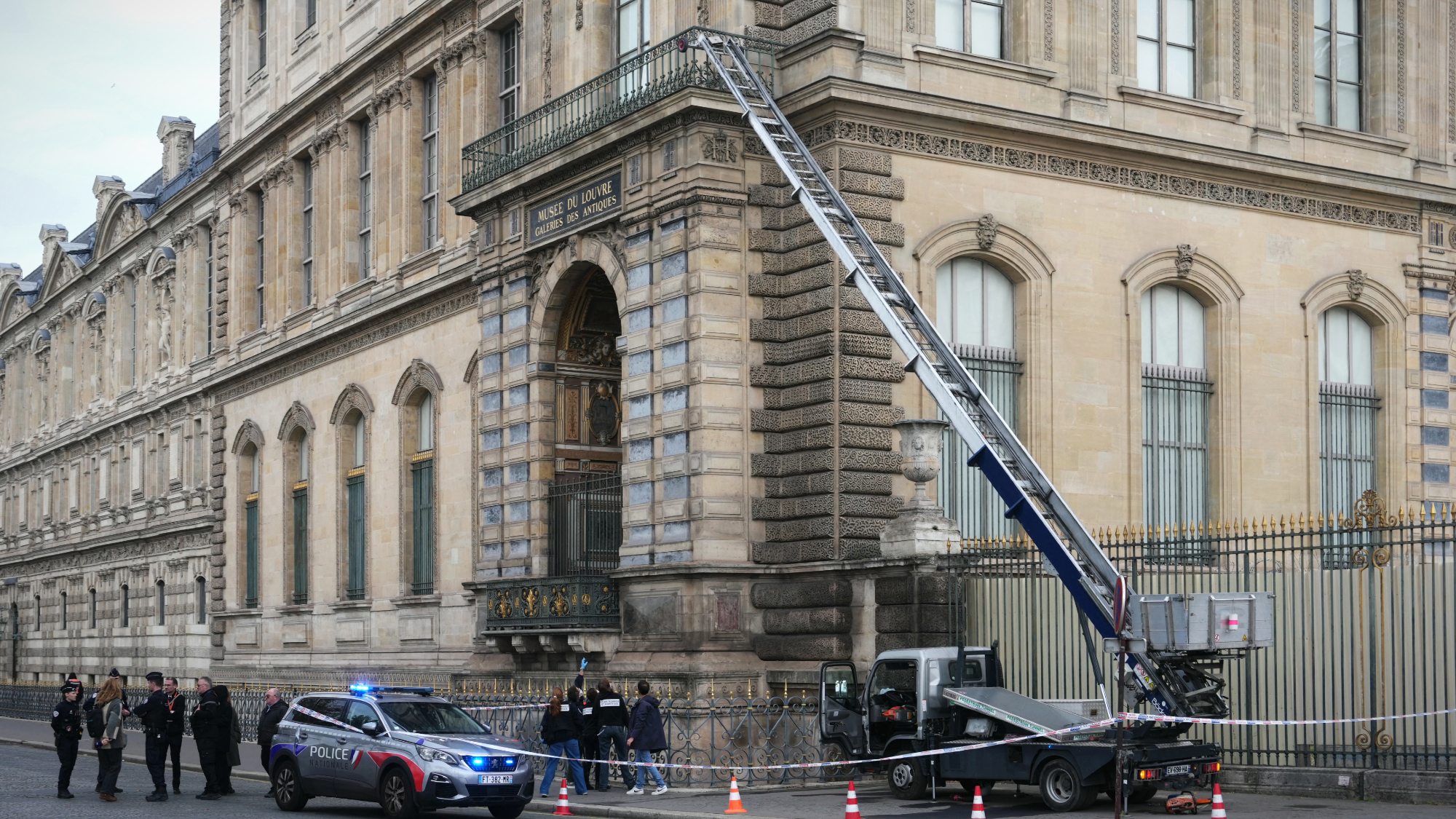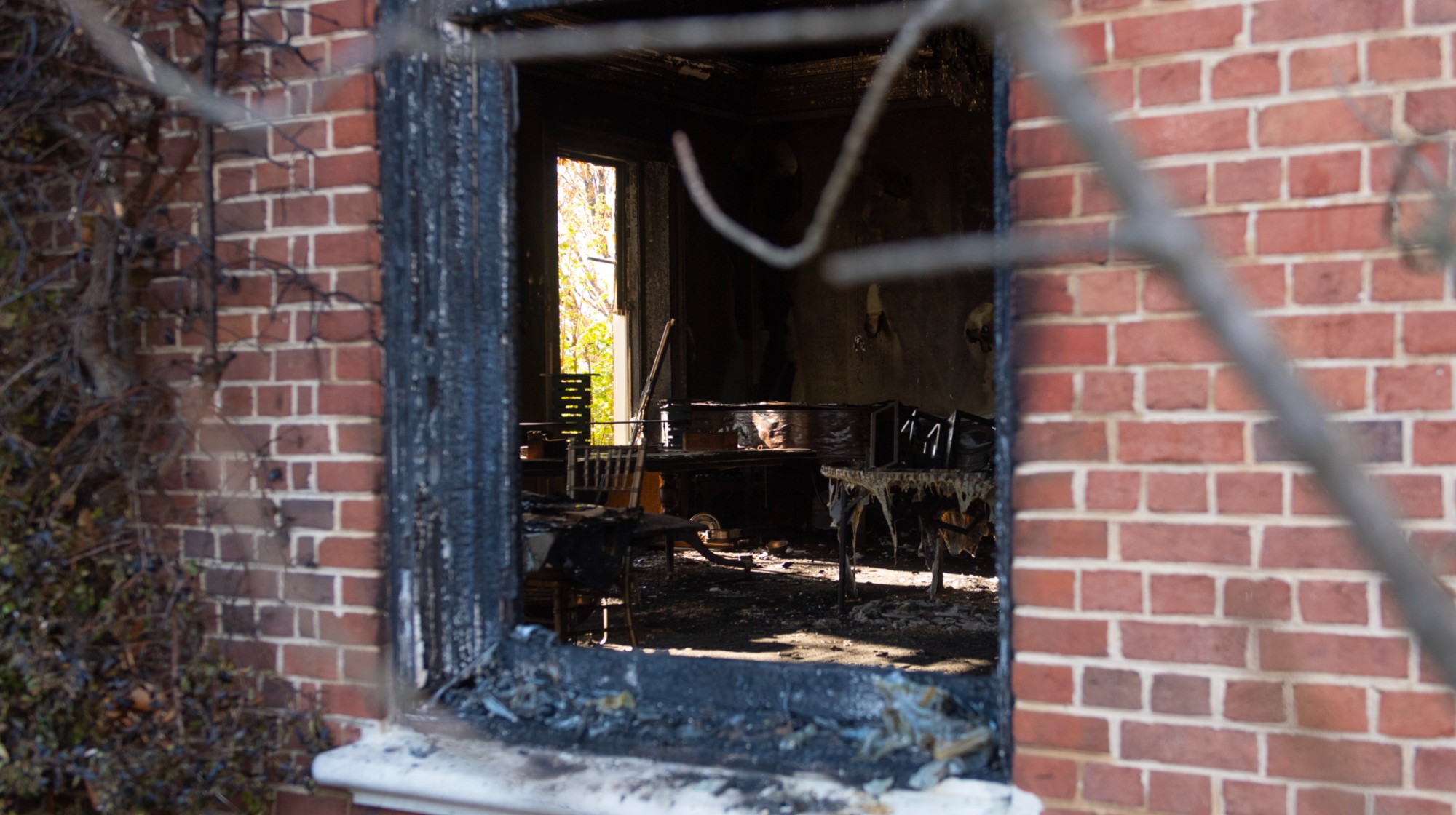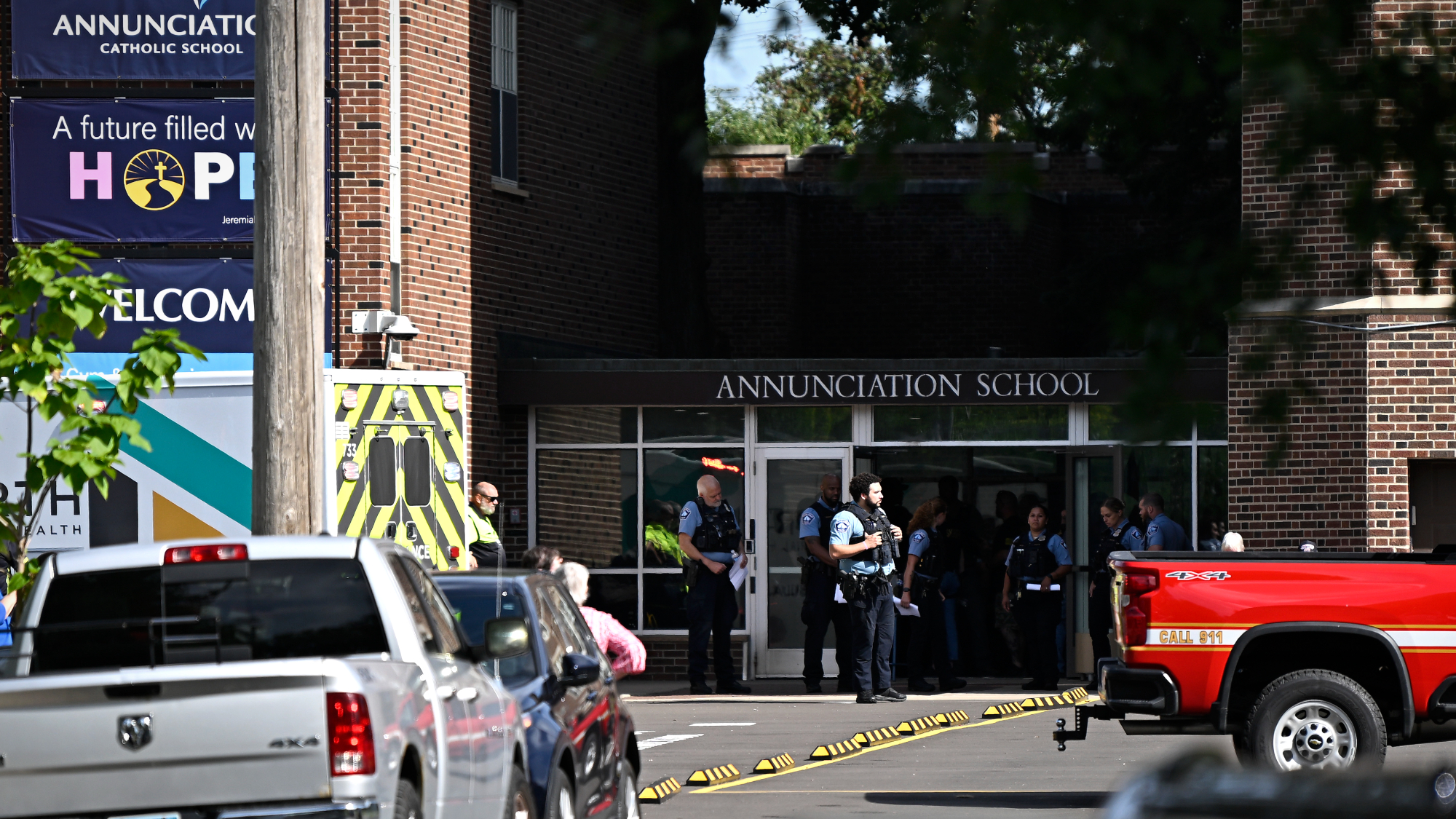Maybe Jeffrey Epstein's autopsy actually points to suicide by hanging


Jeffrey Epstein's autopsy findings aren't public yet, but The Washington Post reported early Thursday that it found "multiple breaks in his neck bones," including the hyoid bone. Few people know what a hyoid bone is, but the Post spoke with several medical experts and reported that fractured hyoid bones are typically associated with "victims of homicide by strangulation," even if they can also "occur in those who hang themselves, particularly if they are older."
The Post named only one of their experts, Jonathan Arden, and even he said a broken hyoid bone "generally raise questions about strangulation, but it is not definitive and does not exclude suicidal hanging," CNN's Oliver Darcy noted Thursday night. So why did the Post "concentrate on the broken hyoid bone to paint a picture of possible foul play" in Epstein's prison cell? Darcy spoke to four medical experts, including CNN chief medical correspondent Dr. Sanjay Gupta, and they agreed that the reported autopsy findings are more consistent with hanging by suicide than strangulation, especially since Epstein was 66.
The fact that multiple neck bones were broken "actually suggests much more strongly that it was hanging versus strangulation," Gupta told Darcy. "You wouldn't break those other bones during a strangulation." Gerald Rodts, chief of spinal surgery at the Emory Clinic, agreed that "the presence of other broken bones in his neck, from a guy hanging 66 years old, is very consistent with suicidal hanging," adding that "classically with strangulation, you don't see broken bones. It's not common." Even a skeptical forensic pathologist said the reports pointed to suicide.
The Week
Escape your echo chamber. Get the facts behind the news, plus analysis from multiple perspectives.

Sign up for The Week's Free Newsletters
From our morning news briefing to a weekly Good News Newsletter, get the best of The Week delivered directly to your inbox.
From our morning news briefing to a weekly Good News Newsletter, get the best of The Week delivered directly to your inbox.
A Washington Post spokesperson stood by the report, telling Darcy on Thursday that the newspaper wasn't "'leaning into' any theory" and made "absolutely clear from the beginning that suicide remains a distinct possibility," reiterating that the experts contacted by the Post "said that this break is more common in strangulation." Read more at CNN.
A free daily email with the biggest news stories of the day – and the best features from TheWeek.com
Peter has worked as a news and culture writer and editor at The Week since the site's launch in 2008. He covers politics, world affairs, religion and cultural currents. His journalism career began as a copy editor at a financial newswire and has included editorial positions at The New York Times Magazine, Facts on File, and Oregon State University.
-
 Russia’s ‘weird’ campaign to boost its birth rate
Russia’s ‘weird’ campaign to boost its birth rateUnder the Radar Demographic crisis spurs lawmakers to take increasingly desperate measures
-
 Could smaller cars bring down vehicle prices?
Could smaller cars bring down vehicle prices?Today’s Big Question Trump seems to think so, but experts aren’t so sure
-
 2025’s most notable new albums
2025’s most notable new albumsThe Week Recommends These were some of the finest releases of the past year
-
 France makes first arrests in Louvre jewels heist
France makes first arrests in Louvre jewels heistSpeed Read Two suspects were arrested in connection with the daytime theft of royal jewels from the museum
-
 Trump pardons crypto titan who enriched family
Trump pardons crypto titan who enriched familySpeed Read Binance founder Changpeng Zhao pleaded guilty in 2023 to enabling money laundering while CEO of the cryptocurrency exchange
-
 Thieves nab French crown jewels from Louvre
Thieves nab French crown jewels from LouvreSpeed Read A gang of thieves stole 19th century royal jewels from the Paris museum’s Galerie d’Apollon
-
 Arsonist who attacked Shapiro gets 25-50 years
Arsonist who attacked Shapiro gets 25-50 yearsSpeed Read Cody Balmer broke into the Pennsylvania governor’s mansion and tried to burn it down
-
 Man charged over LA’s deadly Palisades Fire
Man charged over LA’s deadly Palisades Firespeed read 29-year-old Jonathan Rinderknecht has been arrested in connection with the fire that killed 12 people
-
 4 dead in shooting, arson attack in Michigan church
4 dead in shooting, arson attack in Michigan churchSpeed Read A gunman drove a pickup truck into a Mormon church where he shot at congregants and then set the building on fire
-
 2 kids killed in shooting at Catholic school mass
2 kids killed in shooting at Catholic school massSpeed Read 17 others were wounded during a morning mass at the Annunciation Catholic School in Minneapolis
-
 Australian woman found guilty of mushroom murders
Australian woman found guilty of mushroom murdersspeed read Erin Patterson murdered three of her ex-husband's relatives by serving them toxic death cap mushrooms
